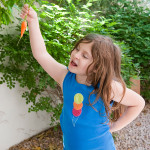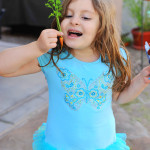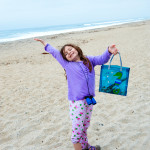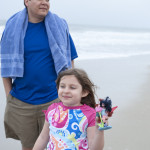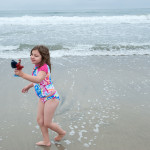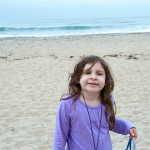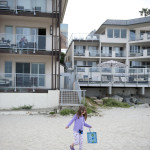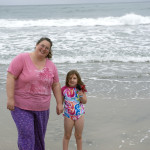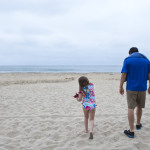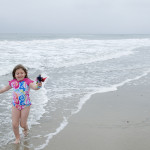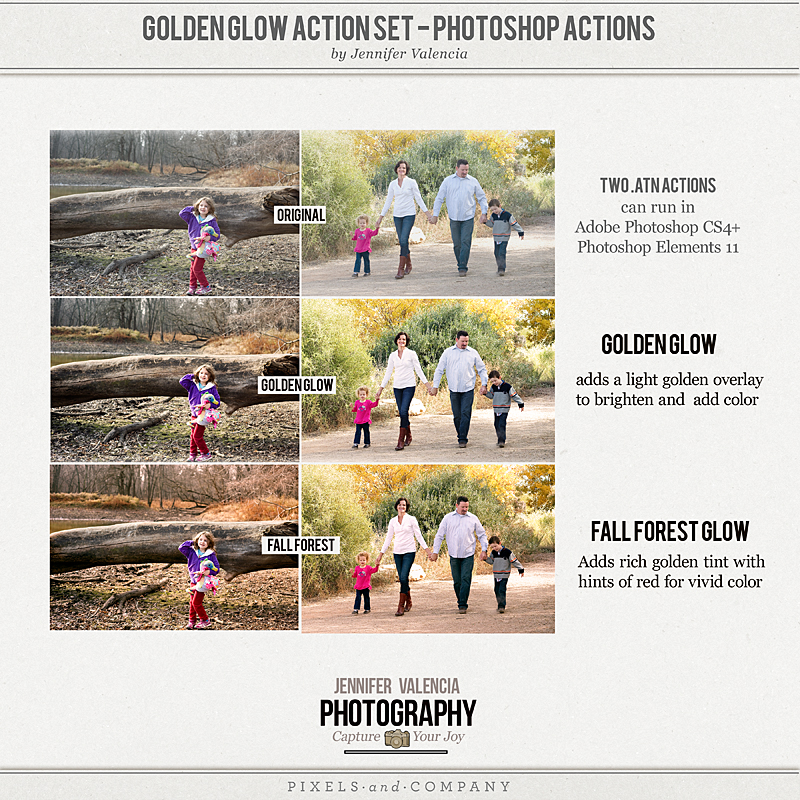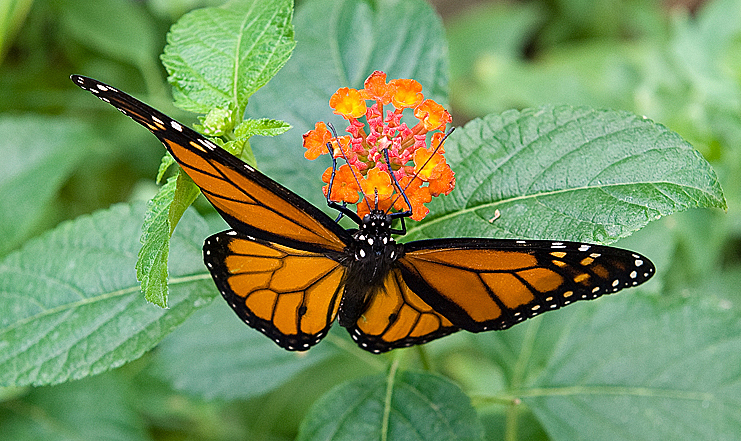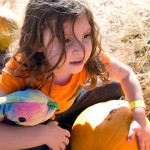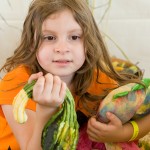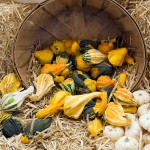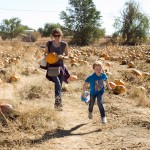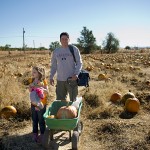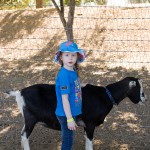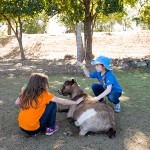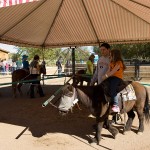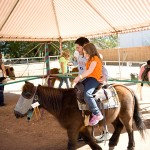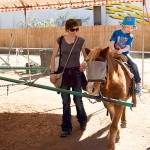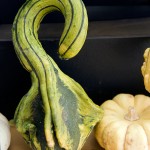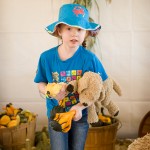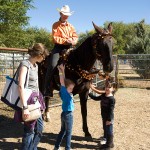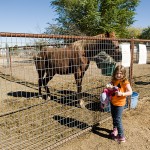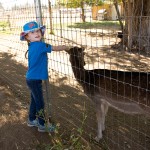Every once in a while, I think I say too much. Here’s an example:
It was nearing the last day of kindergarten, and I wanted to bring a snack for my daughter’s class. I ended up buying a box of multi-colored-sprinkle butter cookies from Chompie’s as I was having my Cream Cheese Adventure (refer to this post for more information).
I drove to the school to drop off the cookies, thinking it would be fun to see my kiddo for a few minutes too. The office admin told me I could walk down to the room, so I did — and it was empty. The kids were clearly having one of their “specials” (Art? Music?). I felt sort of like an interloper, and I walked up to the teacher’s desk gingerly. “I’m just leaving cookies here!” I called to the empty room, just in case there was someone watching.
Then I thought I’d better explain to the office staff. “Can you tell Mrs. G. that I left a box of cookies on her desk?” I asked the office staff. “It’s just a snack for the kids. So she’s not surprised, you know, to find them there, when they get back from their specials. In case she doesn’t know who it’s from.”
“Sure,” said the staffer, “I’ll tell her.”
And now here’s the part where I should have stopped talking, said, “Thanks!”, and walked away.
I hesitated. “Because, you know,” I went on mirthfully, “I don’t want her to come back and be all, OH MY GOD! Where did these come from? I don’t want her to think they’re poisoned or anything. Because, they’re not. Ha Ha! I would never bring poisoned cookies to school. Ha Ha Ha!”
Now the staffer had her head cocked to the side and was regarding me very carefully, like one might look at a potentially rabid squirrel at the birdfeeder.
She did not say anything.
I kept going. “Not that she’d THINK that, of course. But it’s something I’d worry about, that the cookies might be poisoned, if they just showed up without notice.”
The aide was still very silent.
I continued. “My sister is like that, too! Once, when she had her baby, someone left a bag of chicken by her door, like a welcome/help gift. But she didn’t want to eat it, because she wondered if maybe it was poisoned. So her husband had to taste it first. It wasn’t poisoned, though. Ha Ha! It turned out to be from a friend who just hadn’t left a note.”
I could HEAR this stuff coming out of my mouth, but I was helpless to stop the flow of words. I was trying to interpret the expression on the staffer’s face, and I wasn’t sure if it was:
- 1. This Lady Is Clearly Psycho, And So Is Her Sister (sorry, Maria!)
- 2. I’m Not Listening, And I Hope She Goes Away Soon So I Can Get Back To Work
- 3. This Lady Had Poisoned These Cookies. As Soon As She Walks Away, I Will Throw Them Out Immediately And Call The Police.
But I was pretty sure it was not
- 4. This Lady Is SO Funny! I Love Her Quirky Humor! Ha! Ha!
I wrapped it up. “I should probably stop talking now!” I said. “So, just tell her the non-poisoned cookies are from I’s mom. Thanks!”
She did not smile or laugh. She was still just looking at me. “Bye!” I said brightly, and hurried out the door.
Mission accomplished! Cookies of goodwill left for kids! Complete alienation of critical office staff completed!
Sheesh. I mean, wouldn’t YOU worry about a bunch of food that just showed up? Am I alone here? It’s funny, right?
I think I know how I can make it up to the staff, though, and get back into normal-person status. I’ll bring donuts…and I’ll be careful to explain NOTHING AT ALL about their origin or lack of poison. Maybe just a little note-card…with a big red bar drawn through a Skull-And-Crossbones. And a Smiley Face.











































